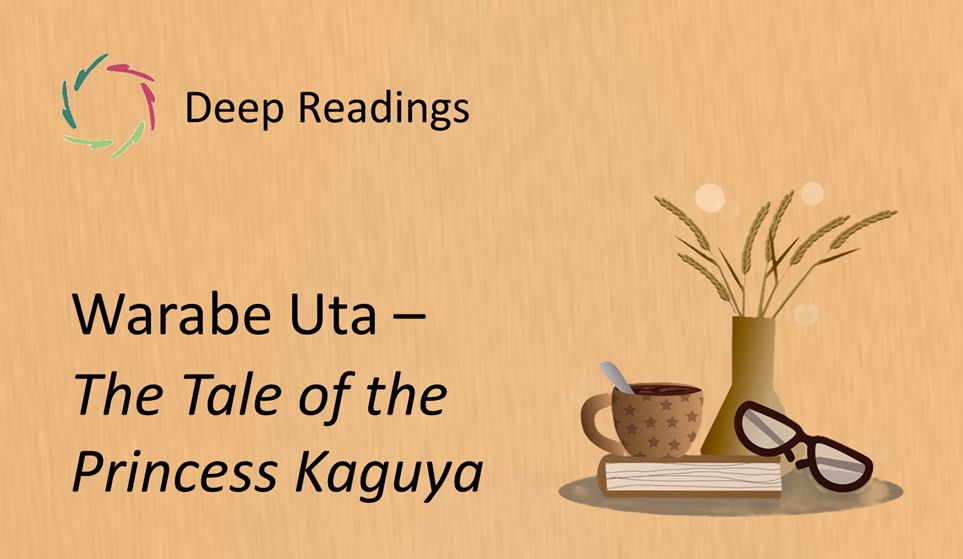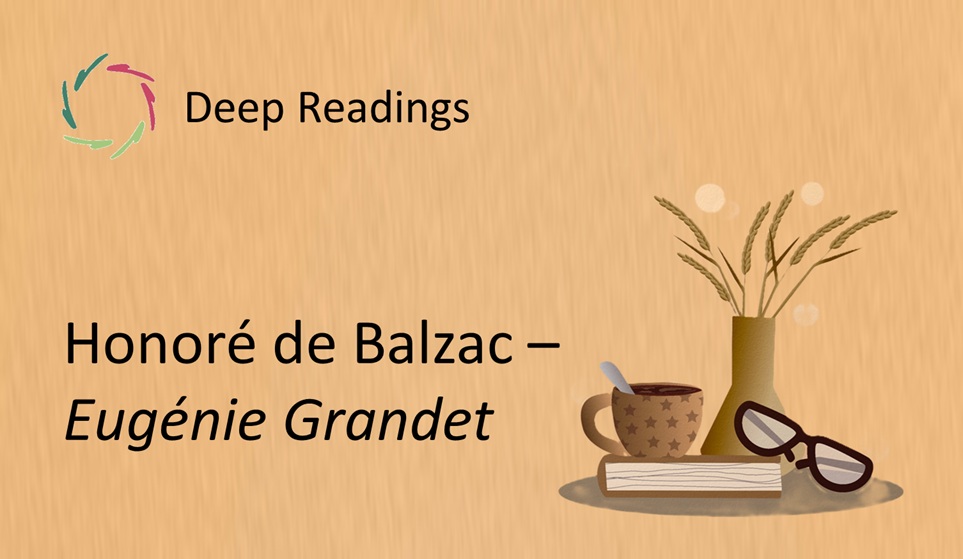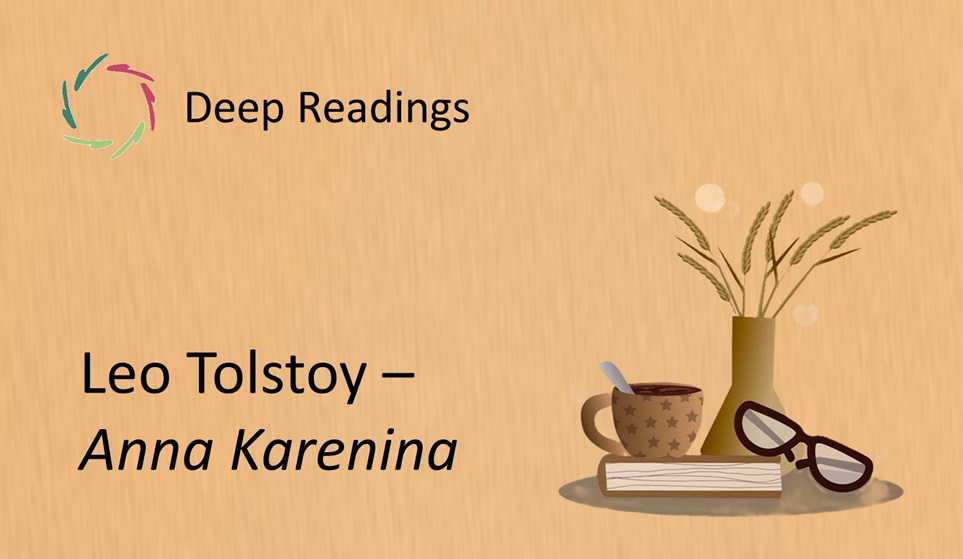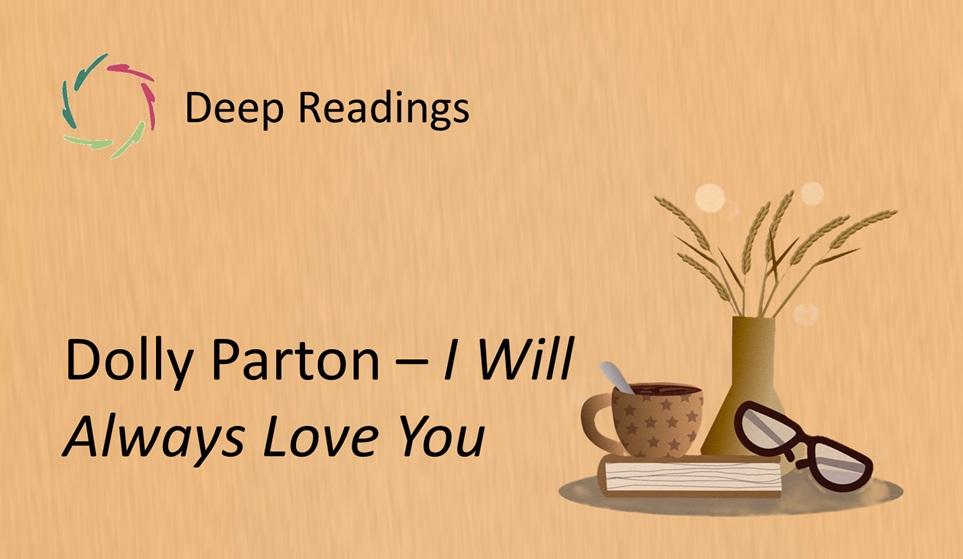Deep Readings: Warabe Uta – The Tale of the Princess Kaguya

The Fragment
まわれ まわれ まわれよ
水車 まわれ
まわって お日さん 呼んで来い
まわって お日さん 呼んで来い
English rendering
Spin, spin, spin around,
Water wheel, spin.
Turn and call the sun to come,
Turn and call the sun to come.
Listen → “Warabe Uta” from The Tale of the Princess Kaguya on YouTube
Contextual Glimpse
Maware maware was newly composed for The Tale of the Princess Kaguya (2013). Yet it feels ancient, because director Isao Takahata wanted a song that embodied the eternal rhythms of life. With repetitive phrases and nature imagery, it echoes traditional warabe uta (children’s songs) while pointing beyond them to the cosmic. The water wheel becomes a central image: a simple rural tool that turns endlessly, driven by water, mirroring the ceaseless cycles of seasons, growth, and rebirth.
Resonance
The fragment radiates calm universality. What turns here is not only a wheel, but the great circle of life. Birds, insects, beasts, grass, trees, flowers — all are called to join in the spinning. The refrain “call the sun to come” feels like both a prayer and a celebration. In its simplicity, the song resonates with an ancient truth: life is not linear, but circular. We live, bloom, fall, and return, like water endlessly flowing through the wheel.
It resonates because we, too, live by cycles: of breath, of days and nights, of beginnings and endings. The water wheel reminds us that we are not separate from nature’s rhythm.
Why this may also be about you
The children’s circle song may seem distant, yet it touches something intimate in each of us. We all carry echoes of childhood games, chants, or rhymes that felt playful then but, in hindsight, carry a shadow of mystery. In these simple refrains, innocence and unease mingle.
Kagome Kagome asks, “Who is behind you?” — a question as haunting now as it was in the game. It suggests the unseen forces in our lives: destiny, memory, mortality. To hear it as an adult is to realize that our own past still circles us, sometimes with laughter, sometimes with silence.
Lisa’s inspired, original idea about this fragment
Perhaps the blindfolded child in the center of the circle is not only a player, but also a figure of the adult self. We, too, often move through life without seeing what is directly behind us. The game becomes an allegory of human unknowing — we sense presence, but cannot turn to grasp it.
In this light, the chant is less a children’s riddle than a meditation. What stands behind us may be our own forgotten selves, our future awaiting recognition, or the inevitability of impermanence. To stay in the circle is to live within that mystery, dancing around what cannot be known.
Echoes
Kagome Kagome has echoed through Japanese childhood for centuries. Still sung in schoolyards and festivals, it is instantly recognizable to Japanese audiences as both playful and eerie. Its haunting lines — the caged bird, the dawn, the unseen presence behind you — continue to stir interpretations ranging from simple children’s game to symbolic meditation on fate and mortality.
Takahata’s use of the song in The Tale of the Princess Kaguya carried this echo into global awareness. Viewers who had never heard it before felt its strange mixture of innocence and foreboding, carried by the girls’ voices against the film’s luminous landscapes. In this way, an old folk song found new resonance, proving that even the simplest fragments can echo across cultures and centuries, still asking us: who stands behind you now?
Inner Invitation
Close your eyes and imagine a wheel turning in water. Hear the steady creak, feel the flow that keeps it moving. With each breath, let your own chest become that wheel: turning with air, with life, with time. Imagine the seasons passing through you — spring, summer, autumn, winter — and returning again. Let yourself rest in this endless rhythm.
Closing Note
A song written to sound timeless becomes exactly that: timeless. “Maware maware” turns like the wheel itself, reminding us that our lives, too, move in cycles of loss and renewal.
Keywords
cycle, wheel, nature, rhythm, seasons, renewal, sun, water, life, return, Takahata, Kaguya
English rendering by Lisa
“Maware Maware” (Spinning, Spinning)
[Chorus]
Spin, spin, spin around,
Water wheel, spin.
Turn and call the sun to come,
Turn and call the sun to come.
Birds, insects, beasts,
Grass, trees, flowers —
Bring along spring, summer, autumn, winter,
Bring along spring, summer, autumn, winter.
Spin, spin, spin around,
Water wheel, spin.
Turn and call the sun to come,
Turn and call the sun to come.
Birds, insects, beasts,
Grass, trees, flowers —
Bring along spring, summer, autumn, winter,
Bring along spring, summer, autumn, winter.
[Bridge]
Spin, revolve, circle on,
O distant time.
Circle round and call back the heart,
Circle round and call back the heart.
Birds, insects, beasts,
Grass, trees, flowers —
Nurturing the compassion of humankind.
When the seasons end,
At last returning home.
[Chorus]
Spin, spin, spin around,
Water wheel, spin.
Turn and call the sun to come,
Turn and call the sun to come.
Birds, insects, beasts,
Grass, trees, flowers —
Bloom and ripen,
Scatter and fall,
Be born, grow, and die.
The wind blows, the rain falls,
The water wheel spins —
A thousand lives are reborn,
A thousand lives are reborn.


